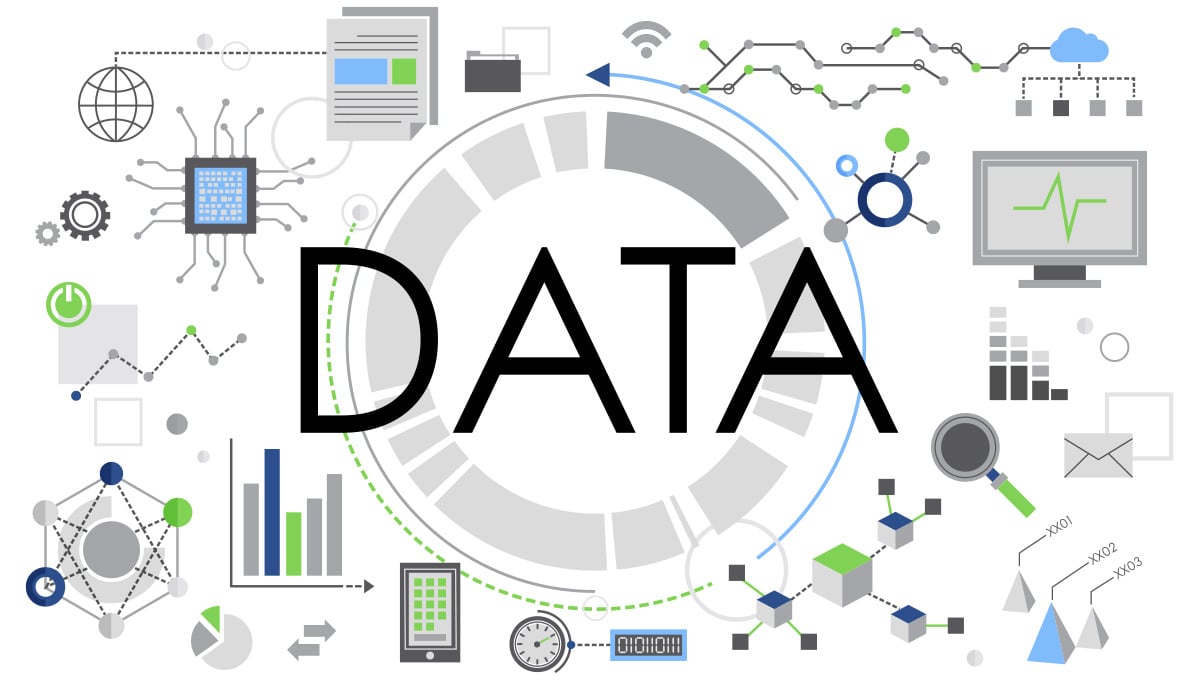
Working with organizations on analytics projects, we sometimes find problems in their data. The usual response is to focus on cleaning up the immediate issue, but we urge a longer view. Bad data is not a one-time problem, and the solution is not a one-time fix.
Neither is technology the complete answer. The tools for managing data are useful, but without a strategy and cultural change, the organization will just keep on producing bad data.
What is required is a new mindset about data and what it means to the business. Data can only be useful when right people have it at the right time in a form that makes sense to them.
Why Timeliness and Trust Matter
When the data isn’t timely, business leaders can miss opportunities. According to a 2016 CGMA report, 72% of companies had at least one strategic initiative fail in the last three years because of decision delays. Forty-two percent say they lost competitive advantage to more agile competitors.[1]
Having trustworthy information matters. In the same study, 80% of large companies had a major strategic decision go wrong because it was based on “flawed” data.
The Availability Problem
In the typical legacy model, people who wanted information requested it from IT. Weeks or months later, data analysts and users in the requesting business units received an inflexible data set that served a single purpose. Not that they weren’t valuable. Many operational reports have endured for years because they delivered the right information, but if business users wanted a different perspective, it wasn’t easy to get.
Today’s data analysts and business users demand access to data. They are getting direct access to it in many of their business applications, and they want cross-platform access and the ability to aggregate data streams. IT resources can’t keep up with the demand.
The democratization of data analysis has created a demand for clean, timely, and accurate data. Organizations that develop a strategy and a structured approach are winning the competitive race.
Strategy Drives Results
The difference between companies that leverage data for competitive advantage and those that don’t is
strategy. This goes in the organizations we encounter and is supported by the research. Digital strategy drives  digital maturity, and digital maturity drives business results.[2] The challenges for maturing organizations differs greatly from those facing early and developing organizations.
digital maturity, and digital maturity drives business results.[2] The challenges for maturing organizations differs greatly from those facing early and developing organizations.
Strategic Planning
When we discuss on planning a data management strategy, we view it at three levels: strategic, operational, and tactical.
- At the strategic level, we consider how the company uses data to create and capitalize on opportunities. What data provides an advantage to the business depends on the industry and the business model. A retail operation, a hospital, and a manufacturing company will have many data streams in common, but their competitive edge will rest on the data unique to that business.
- In operational planning, we plan the technology mix that supports business processes and the infrastructure that supports the technology. At this level, we also consider operational security and privacy concerns. Operational planning also includes governance to ensure consistency, quality, and security of data streams.
- The tactical planning involves us in how we store, move, transform, prepare, and present data. It is where we create the business rules that drive data creation and quality.
Culture Change
The way we produce and consume information in today’s digital business world requires a different way of managing data than the old IT-centric model. IT may be keepers of the technology, but they do not own the data. Each creator and user of information in the modern organization is a data steward.
Data Creators
The people who create data have a responsibility to control its quality. No data quality initiative will succeed until you stop producing bad data.
A quick way to change minds about data quality is to calculate the cost. When the managers of each business unit learn the quality of their output and the cost to the organization, they will gain a new understanding of the how important data quality is.
Data Analysts
In most organizations today, the people who analyze information spend far too much time cleaning and transforming it. As data wranglers, we often spend as much as 90% of our time in making the data fit to use and only 10% in the analysis. Data analysts are expensive and scarce. Do you really want yours spending their time cleaning up?
Data Consumers
Consumers of data have a responsibility of communicating their needs to data analysts and visualizers. They also have the responsibility of allocating the resources to make it work.
Organizations that excel in leveraging analytics are those whose leaders have a close working relationship with the people who manage data and present the conclusions to them.
Governance
Data is a shared asset. Well-managed practices, policies, and standards will ensure that your organization can promote efficiency and effectiveness and gain the insights necessary to capitalize on opportunities.
In our next article, we will discuss how to structure a governance program to derive the best benefit from it.
References:
1. "Connect the Dots." Chartered Institute of Management Accountants. February 2016.
2. Kane, Gerald C., Doug Palmer, Anh Nguyen Phillips, David Kiron, and Natasha Buckley. "Strategy, Not Technology, Drives Digital Transformation." MIT Sloan Management Review. July 14, 2015.
PhenomeCloud is a comprehensive technology solutions provider committed to empowering businesses to overcome challenges, enhance their workforce capabilities, and achieve superior outcomes.





Leave a Comment